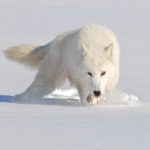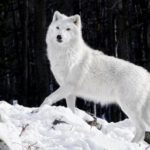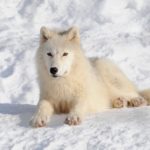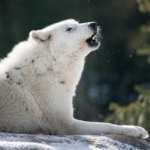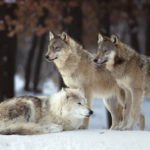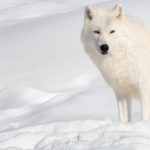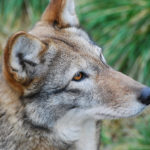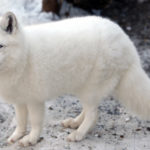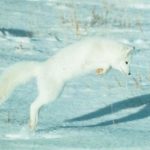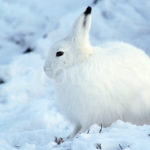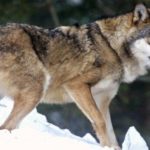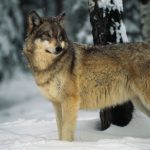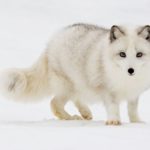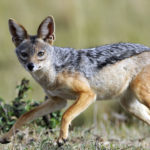Arctic wolves – information
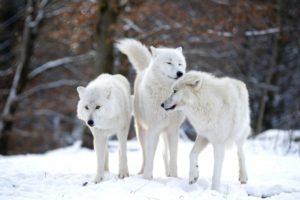 The arctic wolf is considered a subspecies of an ordinary or gray wolf and lives in the arctic regions of North America and Greenland. Due to its isolation from man, the animal is not threatened by hunting and destruction of habitats, as its southern relatives. In fact, the arctic wolf is the only subspecies of the wolf, which has a minimum of threats.
The arctic wolf is considered a subspecies of an ordinary or gray wolf and lives in the arctic regions of North America and Greenland. Due to its isolation from man, the animal is not threatened by hunting and destruction of habitats, as its southern relatives. In fact, the arctic wolf is the only subspecies of the wolf, which has a minimum of threats.
The arctic wolf is smaller in size than usual, and it also has smaller ears and a shorter muzzle, so the body heat is better preserved, so necessary in cold climates. The body length of the polar wolf is about 1-1.8 meters, including the tail, and weight – 45-70 kilograms.
His diet includes mainly musk oxen, polar hares (arctic whites) and deer. Since the permafrost of the air, including soils, prevents arctic wolves from digging the lair in the ground, they tend to live in holes in rocks or caves. Every year, a female wolf produces two or three puppies.
Unlike other subspecies of a wolf, a polar wolf rarely comes in contact with a person, because of a possible threat or harassment. However, the biggest threat to the disappearance of the arctic wolf is climate change.
Extreme changes in weather conditions in recent years have exacerbated the search for food for the population of musk oxen and polar rabbits, which caused a decrease in their numbers. In turn, these changes led to the fact that the traditional forage base of the polar wolf was reduced
